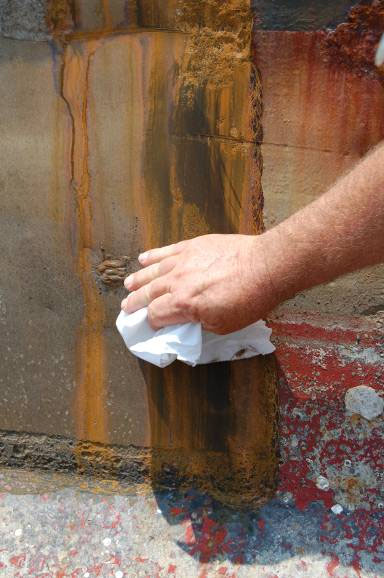The objective of this project was to investigate methods for treating the ballast water from naval vessels that have compensated fuel tanks.
With an oil and water interface, there is some mixing of fuel and water so that free oil and emulsified oil are part of the ballast water.
However, most shipyards that occasionally deal with compensated-fuel-tank ships are also faced with numerous other waste water processing needs and opportunities, both within the yard and in the surrounding port areas.
The basic approach to the economic analysis was to identify the capable systems and perform a cost / benefit analysis on some of the most promising types.
The basic cost for the storage tank ranges from $100,000 for a storage tank or a used barge to $250,000 for a new barge.
The sensitivity analysis in Table VI shows a decided sensitivity to working on fewer than one ship per year.
To effectively complete this task, the subject of waste water and its treatment was first researched through a literature survey.
After removing the free oil, Bath cannot discharge to the local public water works because the water works uses bacteria to purify the water.
From the above tables it can be seen that for membranes and oily water separators to compete with coalescing tanks at the preferred flow rates, multiple units must be operated in parallel.
The former process is not recommended for it could potentially lend itself to establishing an anaerobic population since an oil layer will always be developing for skimming.
[Download not found]











April 9, 2010 at 11:27 am
People know each other better on a journey. Plaatje
April 9, 2010 at 11:28 am
Evil enters like a needle and spreads like an oak tree.